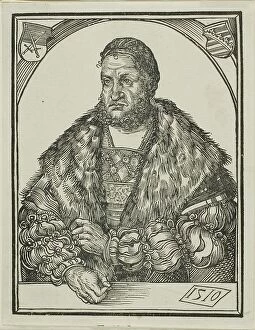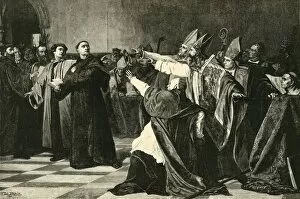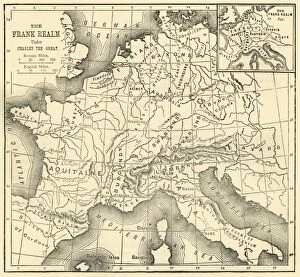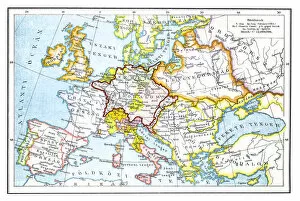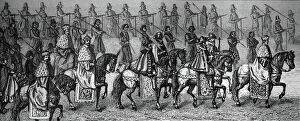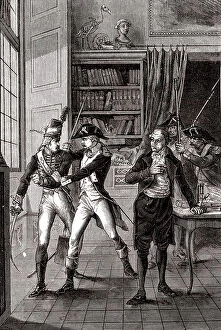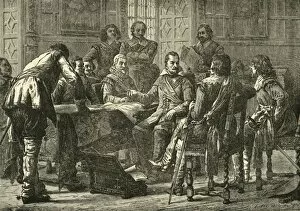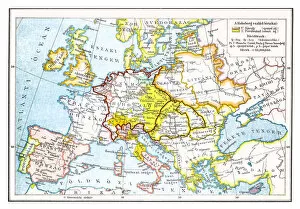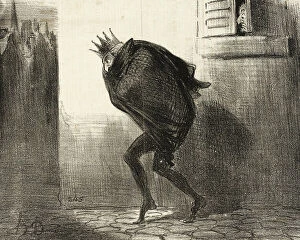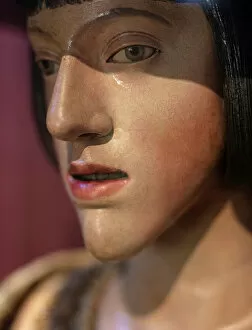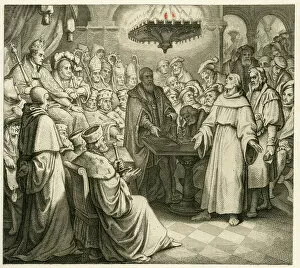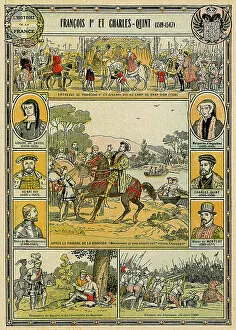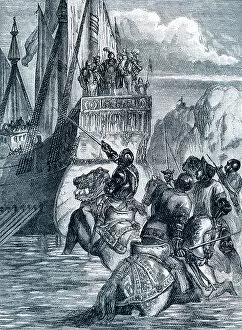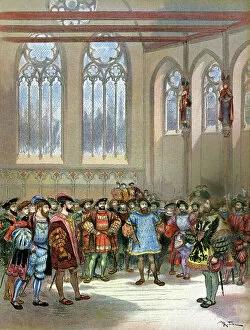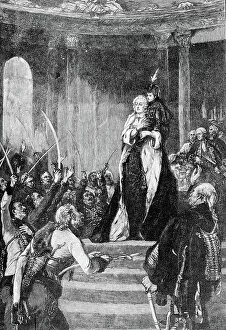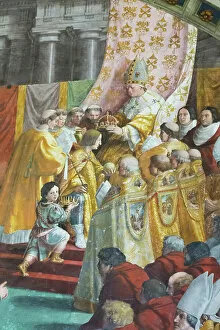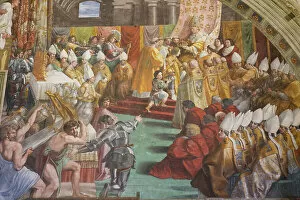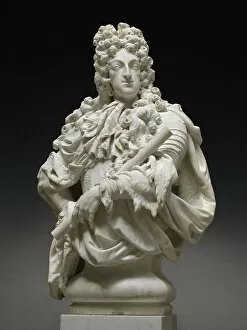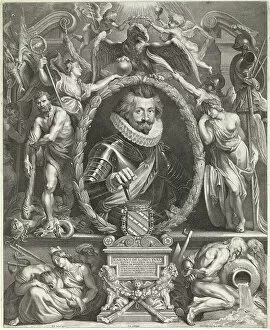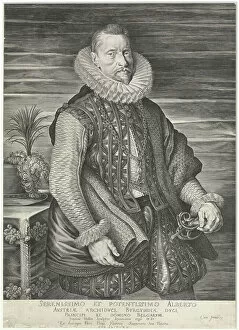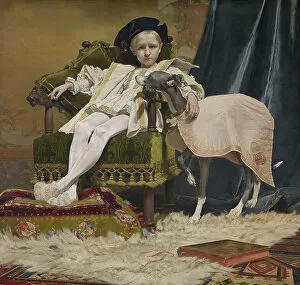Holy Roman Empire Collection (page 7)
The Holy Roman Empire, a vast and complex entity that spanned over a thousand years, holds a significant place in European history
All Professionally Made to Order for Quick Shipping
The Holy Roman Empire, a vast and complex entity that spanned over a thousand years, holds a significant place in European history. From its origins as the successor to the Western Roman Empire to its eventual dissolution in 1806, this empire witnessed numerous political, religious, and military events that shaped the continent. One of the most pivotal moments occurred during Martin Luther's defense before Holy Roman Emperor Charles V at the Diet in Worms in 1521. The German religious reformer challenged the authority of the Catholic Church and sparked what would become known as the Protestant Reformation. To understand the context of Luther's actions, it is essential to examine Europe during earlier periods. A map from Historical Atlas reveals how Europe looked during the Third Crusade in 1190 when Christian forces sought to reclaim Jerusalem from Muslim control. This map provides insight into geopolitical dynamics at play during that time. Another map depicts Europe as it was politically constituted in the 12th century. This visual representation helps us comprehend how different regions were organized under various rulers' dominion. Moving forward through history, we encounter key events such as sieges and wars that impacted both Germany and Europe as a whole. The Siege of Magdeburg during the Thirty Years War in 1631 serves as an example of conflict within this expansive empire. Examining artistic depictions also sheds light on influential figures within this realm. An ivory carving showcases Christ alongside Holy Roman Emperor Otto II and Empress Theophano from the 10th century—an image illustrating religion intertwined with imperial power. Additionally, representations of Charlemagne provide insights into his reign as King of Franks (768-814) and Emperor of West (800-814). These portrayals range from wood engravings based on Albrecht Durer's painting to maps showcasing his extensive empire. Other notable individuals who left their mark include Frederick III and Leonora of Portugal depicted by Giovanni di Ser Giovanni in 1452.

